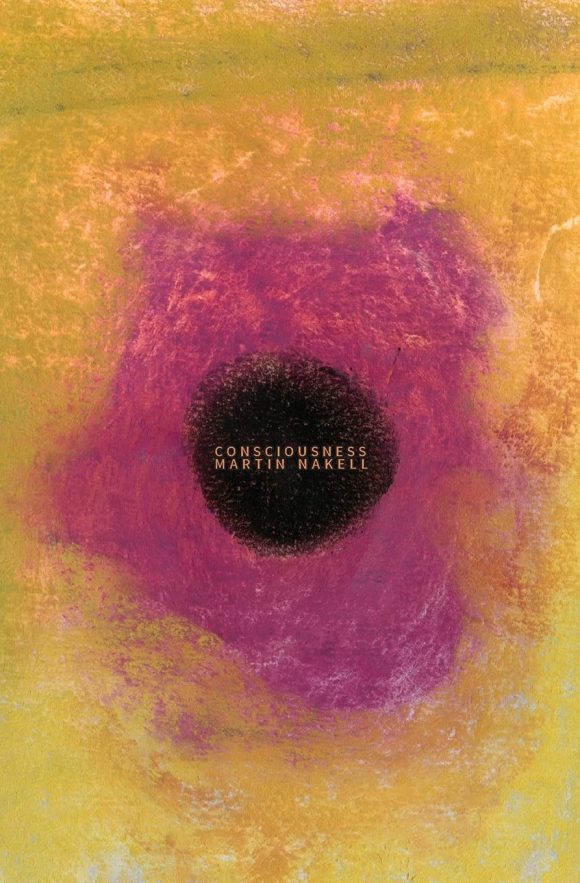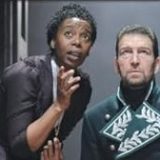
Faculty Books: Dr. Martin Nakell on Consciousness
October 20, 2021
 Dr. Martin Nakell, (English), doesn’t subscribe to notions of the poet writing in isolation or imperatives to originality. He embraces the chaotic nature of experience in his writing, and his most recent publication is no exception.
Dr. Martin Nakell, (English), doesn’t subscribe to notions of the poet writing in isolation or imperatives to originality. He embraces the chaotic nature of experience in his writing, and his most recent publication is no exception.
Within Consciousness, Dr. Nakell’s latest collection of poems, readers will not find a strong devotion to the typical conventions of writing. Dr. Nakell often writes poetry, line after line, without the normal use of punctuation. According to Nakell, punctuation is a tool meant to enhance the clarity and coherence of written language. Consciousness, on the other hand, is not coherent.
The Voice of Wilkinson asked Dr. Nakell how he hopes readers will connect to Consciousness:
“The content of Consciousness is language. If the reader connects with the language, I will have done well. Beyond that, I leave it to the reader. One of whom – by the way – I become. My reading of Consciousness is as another reader. And, more and more, I read a-analytically. I don’t make an argument in Consciousness; I make language. Consciousness opens with the line: “the core of our being is radiance” – a statement of such radical annunciation that it cuts through every question of “is it true or is it not true.” When the reader accepts the material being read without judgment, that is, perhaps ironically, the only way to assess it. When you ask, “how do I want the reader to connect with the content of Consciousness,” I want the reader to experience the language of Consciousness; they’ll know what to do with it.”
Before publishing Consciousness, Dr. Nakell had elsewhere proposed the Chaos Theory of Literary Composition. “Art is energy moving among the writer and the text and the reader. Ordinary language functions to channel that energy in one direction – the didactic, the sensible. To release that energy artistically, the writer must break open the language in some way so that the energy that is inherent in language emerges.”
This theory expresses itself in various poems throughout Consciousness and is not limited to the art of writing. He believes that there is potential for poetic experience within all human engagements. Consciousness features art and illustrations produced by Tod Thilleman. These artworks contrast various warm colors with dark cores, strokes of blackness, and swirls of textures. It’s not intended to illustrate nor explain the meaning of Nakell’s poetry. Rather, Thilleman’s art arrives at Consciousness as its own project – its own fully realized construction, capable of engaging Nakell’s poetry in a unique dialogue, a third level of experience for readers.
Should any students or young writers be inspired by this unique approach to literary composition, Dr. Nakell has a few pieces of advice.
“Read. & Read. & Read. Learn what’s possible. And engage in dialogues with colleagues and mentors to share experience, knowledge, puzzlement, direction. Participate in the world of poetry/poetics/poesia. And write, write, write.”

